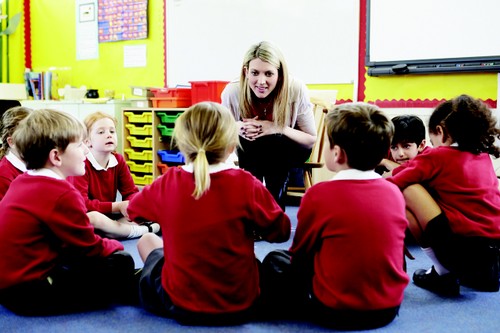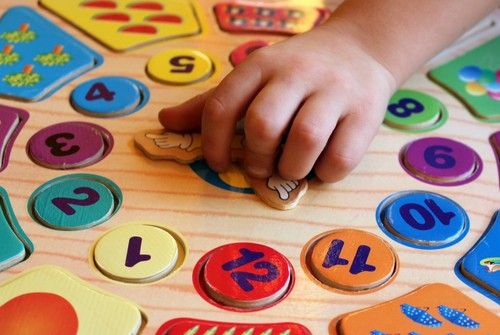Teaching vocabulary to ESL children
by Anna Sawa
Teaching some new vocabulary to children you have to be sure that they will be able to use them properly. At first new items need to be introduced. Then it is necessary to give ESL children lots of possibilities to practise vocabulary. And finally, do not forget about consolidation of the knowledge by frequent revision.

Introducing vocabulary
Presentation new vocabulary should be attractive enough to catch children’s attention. It is a good idea to use lots of visuals such as real objects, drawings, illustrations or flashcards. The simplest way is to shoe the object and repeat the name several times. To spice the presentation up you can use a magic box or say the new words in different way (ex. quietly, loudly, with exaggerated voice, fast or slowly). It is also necessary to use the new vocabulary in context to show students how the words work in sentences. What is important, sentences included new vocabulary should be as short and simple as possible and new items should be emphasised.
Practising vocabulary
At the stage of practising vocabulary children are those who should be more active than a teacher. It is an opportunity to put new vocabulary into practise and learn how to use them correctly. There is a wide range of techniques for practising vocabulary. All types of flashcards activities can be helpful, for example ‘What’s missing?’ or matching words to pictures. Some other fun and effective activities are guessing or miming games, picture dictation, board games, Bingo, Domino, Memory games or Chinese whisper. All kinds of sorting and classifying activities can be also involving and valuable. Play and games in the primary classroom is a funny way to teach a foreign language to children. They provide meaningful context and students’ motivation.

Consolidating vocabulary
Consolidating vocabulary is essential for effective teaching because children forget almost as quickly as they learn new things. ESL kids can create their own picture dictionaries, minibooks, collages or comics. They can make posters of word families or vocabulary cards. Some students will be interested in reading stories or taking part in mini school plays. It is also a good idea aryto play over and over again in children’s favourite games.
To teach ESL children new words and how to use them properly none of the three stages cannot be omitted. New vocabulary needs to be introduced, practised and consolidated, then we can be sure that new items have been taught and learnt properly.